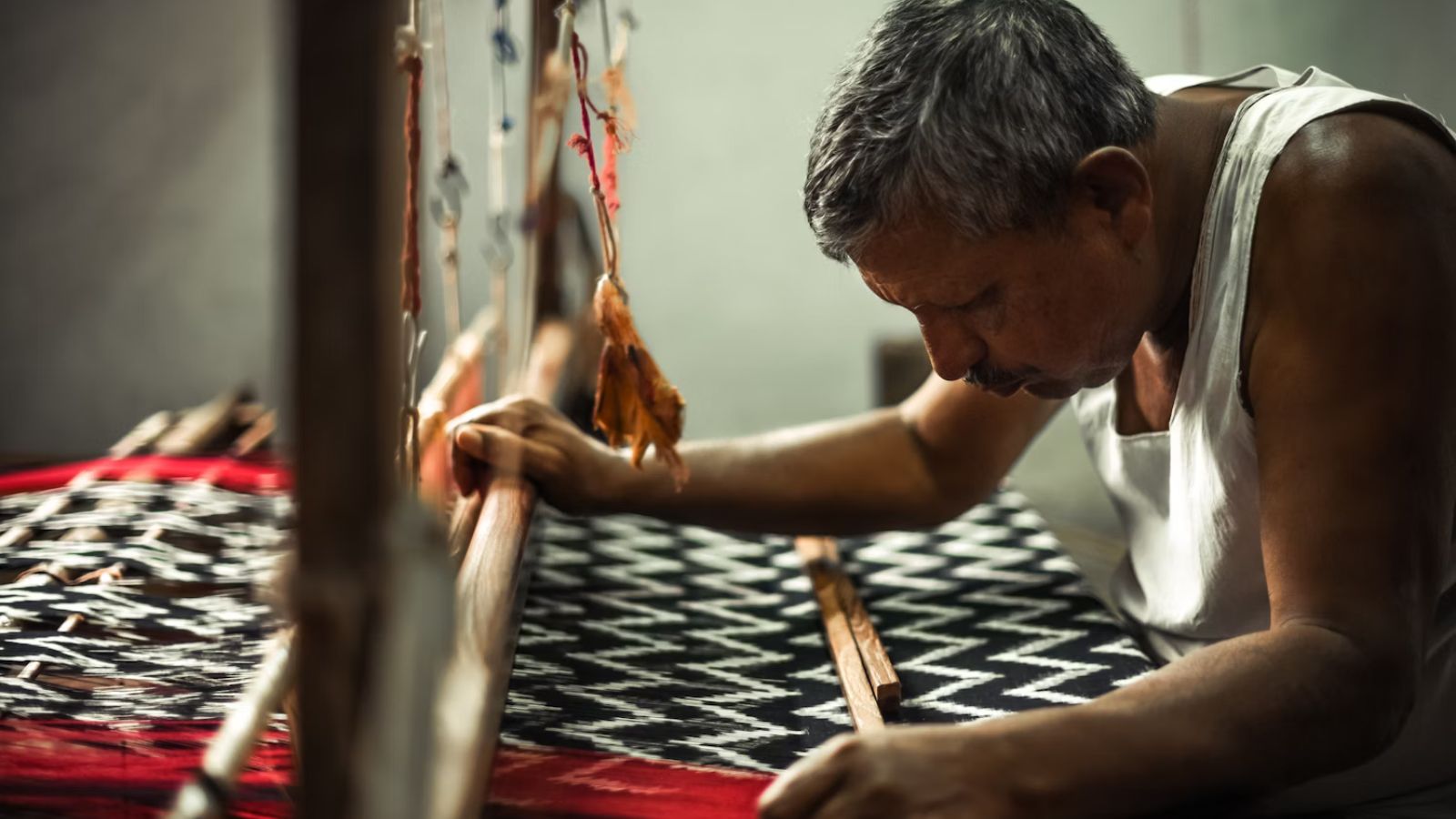Taant finds its origins in the Dhaniakhali and Phulia districts of West Bengal. Brought to life by the royal patronage of the Jamdani Dhakai, the humble taant has always been associated with the modest and sublime, compared to the extravagance of silks. Taants are known for their printed and floral embroidery, large motifs of animals and birds, artistic and geometric prints, paisley dotted along the body with thick borders.
Favoured by local and rural women owing to the comfort and convenience of wearing them in sultry weather, the taant is a popular choice for regular use. The iconic sari is popular for its stiff fabric, a result of starching and special weaving techniques . Indianexpress.

com learnt about the elaborate and unique process of crafting these saris from Tanushree Das, fashion designer and textile artist, Tanushree Creation Boutique. Advertisement “Dhaniakhali taant has two primary categories – taana and varna . Both made of pure cotton, taana threads are thicker and handwoven, while varna is mixed with synthetic threads and is far thinner,” Tanushree said.
“The pallu has a paddy reed stitched into it, three to four inches from the end. Dhaniakhali saris made using power looms may have a blend of synthetic threads. On the other hand, Phulia taant involves finer threads, and can be distinctively identified by the three borders marking the pallu,” the designer said.
Every taant sari has its threads coloured before the weaving process starts. There is no l.
















